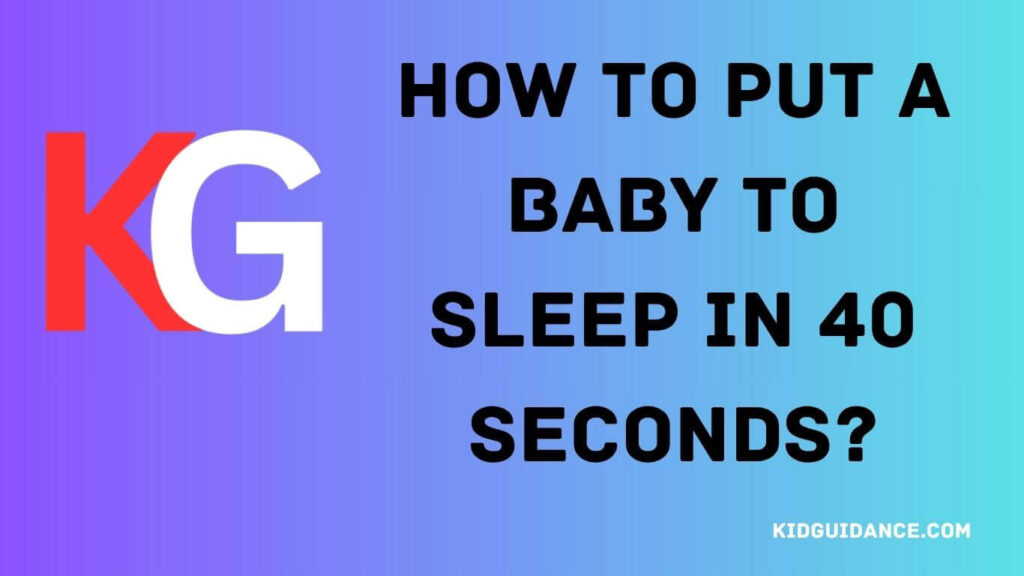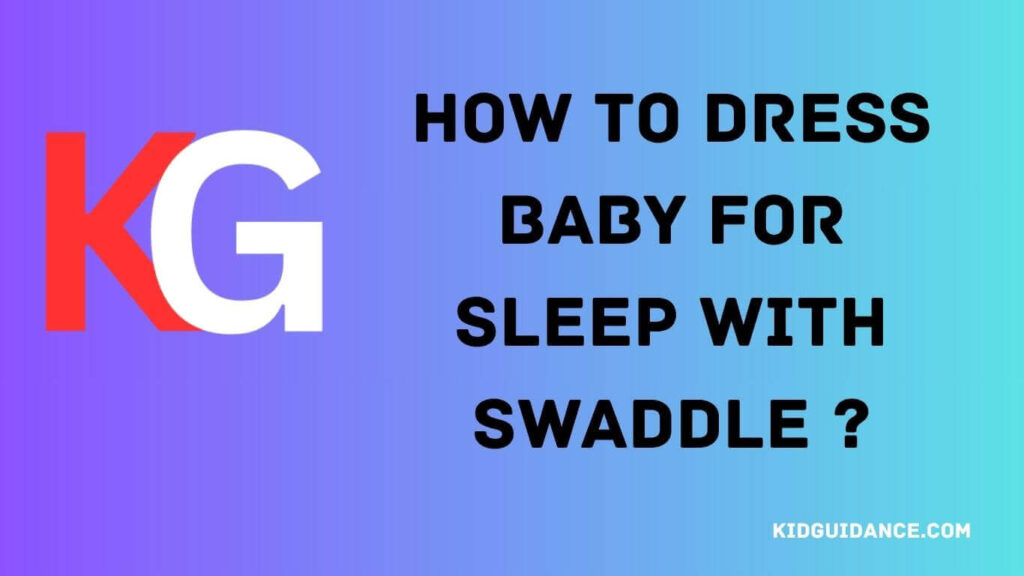Putting a baby in the bassinet can feel like a game. One second they’re asleep, the next they’re crying. I’ve been there, and it’s hard. If you’re stuck on how to get infant to sleep in bassinet, don’t worry—you’re not alone. I’ll share what worked for me and what experts say. Let’s make sleep simple for your baby and peaceful for you.
In this guide, I’ll share my real-life insights and expert-backed tips on how to get infant to sleep in bassinet. Whether you’re a first-time parent or already juggling multiple kids, you’ll find clear, gentle strategies that actually work.
Why Do Newborns Resist Sleeping in the Bassinet?
You may wonder: Why won’t babies sleep in the bassinet? The answer lies in biology. Newborns come from a warm, snug womb. Their world was always moving, soft, and close to mom. This is called the Fourth Trimester—a time when babies still crave the closeness of being held.
They also have the Moro reflex (startle reflex), which causes sudden arm movements that often wake them up. So when you place them down alone on a flat surface, they feel exposed—and often scared.
Is It Okay If Baby Only Sleeps in My Arms?
Holding your baby during naps can feel cozy and bonding. Pediatricians, like Dr. Irene Freeman, agree it’s okay sometimes. But long-term, it’s not always safe or sustainable—especially when you’re sleep-deprived or need your hands free.
The goal is to balance closeness with safe sleep. If your baby only sleeps when held, it may be time to slowly transition them into their bassinet.
Safe Sleep Foundations Every Parent Must Know
Following AAP (American Academy of Pediatrics) sleep guidelines is key. These include:
- Baby should sleep on their back
- On a flat, firm surface (bassinet or crib)
- With no pillows, blankets, or toys
Dr. Freeman reminds us: “You can’t force a baby to sleep, but you can provide the right environment and timing.” This sets the stage for smoother, safer sleep transitions.
Top 10 Practical Tips: How to Get Infant to Sleep in Bassinet
1. Time the Wake Windows Right
Newborns can only stay awake 45 to 90 minutes at a time. Miss that window, and they become overtired—which makes falling asleep much harder.
Tip: Watch for sleepy signs like yawning, zoning out, or rubbing eyes. Act fast!
2. Swaddle Smartly
Swaddling mimics the womb and reduces startling. If your baby “hates it,” try different swaddle styles like Velcro or stretchy cotton wraps. It often takes a few tries to get it right.
3. Warm the Bassinet Sheet First
Newborns notice the temperature shift from your arms to a cold mattress.
Try this: Warm the bassinet sheet with a hot water bottle or heating pad for a few minutes, then remove it before laying baby down.
4. Use the Feet-Bum-Head Method
Babies often wake when laid flat too quickly.
Instead, lower baby feet-first, then bum, then head. This gentler transition can reduce waking.
(Related keyword: Why does my baby wake up as soon as I put her in the bassinet?)
5. Create a Womb-Like Environment
Use white noise to block background noise and mimic the sounds of the womb. Keep lights dim, especially during night feedings.
Try apps like Hushh or a white noise machine.
6. Feed, Burp, Then Down
A full belly plus no gas = longer sleep. Track your baby’s feeding times and burp well before laying down.
Gas pain is a major sleep disruptor, so don’t skip this step!
7. Try Daytime Bassinet Naps First
Daytime naps are less stressful for practice. Start with one nap a day in the bassinet and build from there.
Lower pressure means more patience—and progress.
8. Observe Before Intervening
Your baby may grunt, fuss, or stir in light sleep. Give them 2–3 minutes before picking them up. They might fall back asleep on their own.
Dr. Sarah Mitchell calls this the observer technique—it builds confidence in your baby’s ability to self-settle.
9. Move the Bassinet Slightly Away
Too close to your bed? Some babies wake from your scent or movement. Try placing the bassinet a few feet away from your bedside.
Small changes can lead to big sleep wins.
10. Be Consistent with Sleep Cues
Babies love routine. Use cues like a soft lullaby, dimmed lights, a sleep sack, or gentle rocking before every nap and bedtime.
These signals say: “It’s time to sleep.”
What to Do If Your Baby Only Sleeps When Held
You might wonder: What to do if a newborn only sleeps when held?
The answer: gentle transitions.
Start by holding baby until drowsy, then placing them in the bassinet. If they cry, try soothing without picking them up. You’re teaching them that the bassinet is safe.
It’s not instant. But over time, small efforts build sleep independence.
When to Ask for Help
Sometimes, no tip seems to work—and that’s okay.
Check with a pediatrician if:
- Baby spits up often (may have reflux)
- Seems in pain when lying flat
- Isn’t gaining weight or feeding well
You can also reach out to a certified sleep consultant for personalized guidance.
Real Parent Insight: Emma’s Story
Emma, a new mom from Chicago, shared:
“My baby would only nap in my arms. I was exhausted. I started with just one nap a day in the bassinet using white noise and warm sheets. By day four, she stayed asleep for 30 minutes. After a week, she napped in the bassinet three times a day!”
You’re not failing. You’re learning. Progress is possible—even if it’s slow.
Summary: Yes, Your Baby Can Sleep in the Bassinet
Let’s recap:
- Start with timing and swaddling
- Warm the sheet and use white noise
- Try feet-bum-head transfer
- Be an observer, not a rescuer
- Stay consistent, and ask for help if needed
Want to share your baby sleep story? Drop it in the comments. We’re here to support each other.
FAQs
Q1. How do I get my newborn to sleep in their bassinet?
Try a warm sheet, swaddling, and white noise. Place your baby in the bassinet drowsy but awake to help them adjust over time.
Q2. Why does my baby wake up as soon as I put her in the bassinet?
Sudden changes in motion or temperature can wake your baby. Use the feet-bum-head method and warm the mattress first to ease the move.
Q3. Why won’t babies sleep in the bassinet?
Babies need time to adjust. They miss your scent, warmth, and touch. A swaddle, white noise, and gentle transitions can help a lot.
Q4. What to do if a newborn only sleeps when held?
Start with naps in the bassinet. Use comfort items like a pacifier and be patient. Gradual steps make the shift easier for both of you.
Q5. How long should you try to get baby to sleep in a bassinet?
Give it at least 7–10 days. Be consistent with routines, even if naps are short. Your baby will slowly adapt to the new sleep space.
Q6. Is it okay to leave the pacifier while baby sleeps?
Yes, it’s safe. Pacifiers may lower the risk of SIDS. Just make sure it’s clean and doesn’t have a clip or string attached.
Q7. How many hours can a baby use a pacifier?
There’s no strict limit. Babies can use it during naps and sleep. If they self-soothe with it and rest well, it’s fine.
Q8. Should I let baby sleep with pacifier in mouth?
Yes. If your baby falls asleep with it and it drops out, you don’t need to replace it. It’s safe as long as it doesn’t disturb their sleep.
Q9. Should you take a dummy out once a baby is asleep?
No need to take it out. If the baby spits it out on their own and stays asleep, leave it. Only remove it if it’s causing sleep issues.
Q10. What helps babies get used to bassinet sleeping faster?
Swaddles, soft lighting, white noise, and feeding before bed help. Let your baby nap in the bassinet during the day to build the habit.




